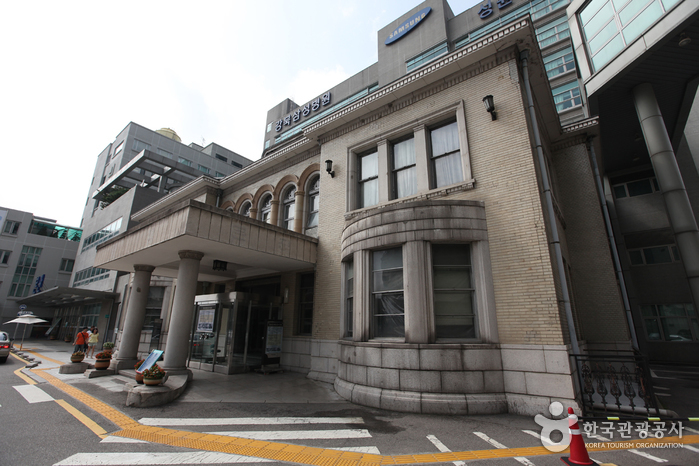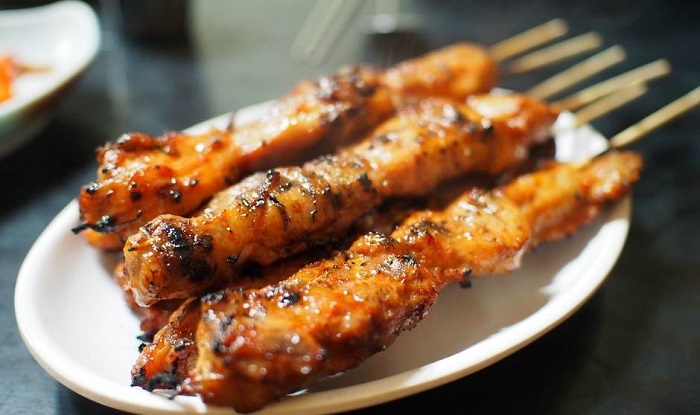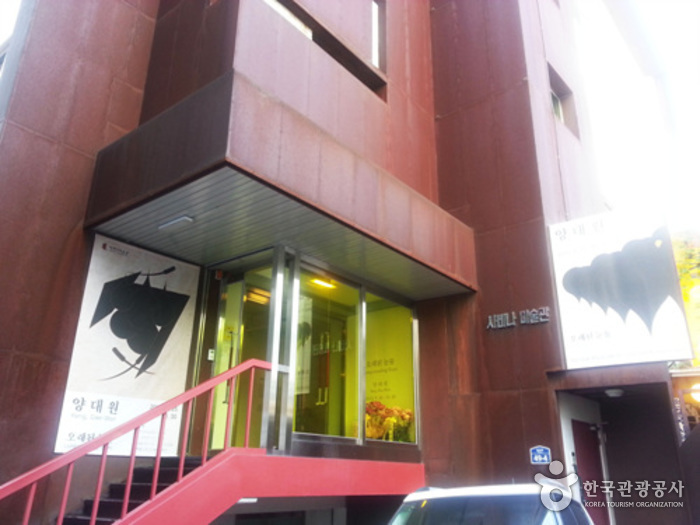MLB - Starfield Goyang Branch [Tax Refund Shop] (MLB 스타필드 고양점)
10.7Km 2024-06-27
1955, Goyang-daero, Deokyang-gu, Goyang-si, Gyeonggi-do
-
CheongKwanJang - Doksan Sageori Branch [Tax Refund Shop] (정관장 독산사거리)
10.8Km 2024-04-18
1F, 409, Siheung-daero, Geumcheon-gu, Seoul
-
Cheongpa Mansion (청파맨션)
10.8Km 2021-03-29
20, Cheongpa-ro 47na-gil, Yongsan-gu, Seoul
+82-2-706-9093
You can enjoy coffee roasted by a professional barista. This cafe is located in Yongsan-gu, Seoul. The most famous menu is americano.
Seoul Gyeonggyojang House (서울 경교장)
10.8Km 2021-09-15
29, Saemunan-ro, Jongno-gu, Seoul
+82-2-735-2038
Gyeonggyojang House, a designated Historic Site, was the location of the provisional government and the place where Baekbeom Kim Koo passed away. Seoul reproduced the historical site, Gyeonggyojang House, to use the area as an educational site. Also, the house exhibits the history of the provisional government in order to see the history more clearly.
Restoration work included the demolition of the interior that was changed when the building was turned into a hospital facility and embassy after Kim Koo passed away in 1949. During the work, the remaining parts were maintained with the utmost care. Reconstructed parts were based on the building's floor plan written in Chosun and Architecture (8th edition in 1938). Visitors can see various contents related to the Korean Provisional Government history through relics, video, and information searching corners.
Hosujip (호수집)
10.8Km 2021-03-30
443, Cheongpa-ro, Jung-gu, Seoul
+82-2-392-0695
It is a restaurant where people wait in line as a hidden restaurant for locals in Chungjeong-ro. The best menu at this restaurant is spicy braised chicken. This Korean dishes restaurant is located in Jung-gu, Seoul.
Olive Young - Sangdo Station Branch [Tax Refund Shop] (올리브영 상도역)
10.8Km 2024-04-18
257, Yangnyeong-ro, Dongjak-gu, Seoul
-
Savina Museum of Contemporary Art (사비나 미술관)
10.8Km 2022-10-20
93 , Jingwan 1-ro, Eunpyeong-gu, Seoul
+82-2-736-4371
The Savina Museum provides visitors with fresh and exciting pieces that reflect the diverse and dynamic aspects of Korean modern art. Museum organizers actively focus on developing the museum’s exhibitions, educational programs, publications, and art collections, continually working to transform the museum into a living, breathing center of arts. The museum not only supports the development of artists from a more traditional list of fields like painting, sculpture, photography and media arts, but also introduces exhibits highlighting new trends in the art world.
Nike - Lotte Mall Eunpyeong Branch [Tax Refund Shop] (나이키 롯데몰은평점)
10.8Km 2024-04-17
1050, Tongil-ro, Eunpyeong-gu, Seoul
-
Lotte Mart - Eunpyeong Branch [Tax Refund Shop] (롯데마트 은평점)
10.8Km 2024-04-16
1050, Tongil-ro, Eunpyeong-gu, Seoul
-
Uniqlo - Lotte Mall Eunpyeong Branch [Tax Refund Shop] (유니클로 롯데은평)
10.8Km 2024-04-18
B1 of Lotte Mall Eunpyeong Branch, 1050, Tongil-ro, Eunpyeong-gu, Seoul
-
![MLB - Starfield Goyang Branch [Tax Refund Shop] (MLB 스타필드 고양점)](http://tong.visitkorea.or.kr/cms/resource/86/3313186_image2_1.jpg)




![Olive Young - Sangdo Station Branch [Tax Refund Shop] (올리브영 상도역)](http://tong.visitkorea.or.kr/cms/resource/23/2880023_image2_1.jpg)

![Nike - Lotte Mall Eunpyeong Branch [Tax Refund Shop] (나이키 롯데몰은평점)](http://tong.visitkorea.or.kr/cms/resource/10/2875410_image2_1.jpg)
![Lotte Mart - Eunpyeong Branch [Tax Refund Shop] (롯데마트 은평점)](http://tong.visitkorea.or.kr/cms/resource/34/2878234_image2_1.jpg)
![Uniqlo - Lotte Mall Eunpyeong Branch [Tax Refund Shop] (유니클로 롯데은평)](http://tong.visitkorea.or.kr/cms/resource/35/2878235_image2_1.jpg)
 English
English
 한국어
한국어 日本語
日本語 中文(简体)
中文(简体) Deutsch
Deutsch Français
Français Español
Español Русский
Русский